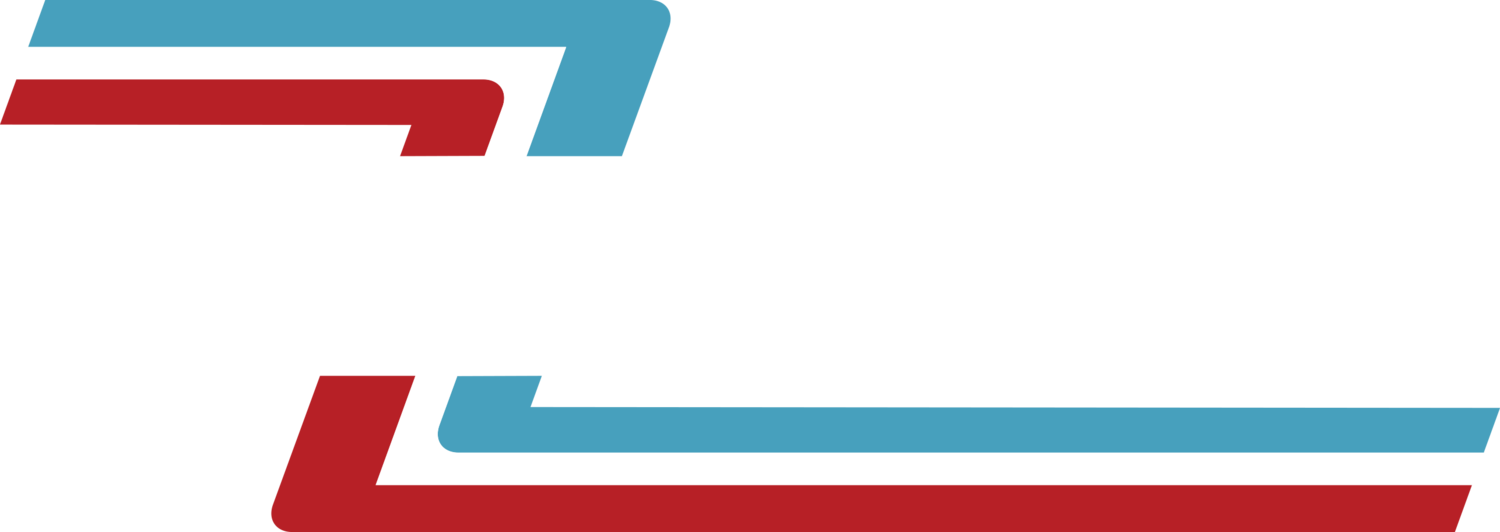Advanced surface inspection systems are technologies that detect surface defects on products. Surface inspection systems can maintain these detection capabilities through imaging techniques and advanced equipment, ensuring the quality of the manufactured products inspected.
Technology Employed in Surface Inspection System
The following technologies are responsible for the quality control measures found in surface inspection systems:
Camera and Sensors - Cameras and sensors help to capture quality images of the product at different angles and lighting to get a high-quality view of the surface.
Machine Learning Technology - Algorithms are employed to detect defects and compare the extracted features with defect patterns. Any deviations that indicate defects are identified ahead of the product completion.
Surface Inspection - Data is analyzed by the surface inspection system, which generates reports on the quality of the inspected surfaces.
How Surface Inspection Systems Function
The following functions are how the technologies behind surface inspection systems are implemented:
Image Assistance - The images undergo a rise in quality to eliminate any unwanted portions. This step involves adjusting brightness, contrast, and sharpness.
Relevant Features - The system extracts relevant attributes from the images. These attributes include color, texture, shape, and other visual characteristics that aid in seeing the surface defects.
Separating Defaults - Detected defects are classified based on their severity. The system separates the image to remove the defective regions from the rest of the surface.
The Benefits of Surface Inspection Systems
Surface inspection systems offer the following benefits within the manufacturing process:
Quality Increase - By detecting defects ahead of time, surface inspection systems help increase quality, helping to reduce the number of faulty or substandard items reaching the market.
Efficiency Increase - By automating the inspection process, surface inspection systems can significantly increase efficiency. They can inspect surfaces at a faster rate compared to manual inspection.
Cost-Effectiveness Increase - Detecting defects early in the manufacturing process helps prevent the production of defective or non-compliant products. Surface inspection systems also decrease the need for manual labor in inspection tasks, further reducing labor costs.
Customer Approval Increase - Surface inspection systems ensure that products meet regulatory requirements and customer expectations. By consistently delivering high-quality products, manufacturers can enhance customer satisfaction.
Surface inspection systems contribute to increased quality, efficiency, cost-effectiveness, and customer approval. Reach out to us today at Mectron Inspection Engineering to learn more about surface inspection systems and the benefits of working with advanced quality control machinery.

